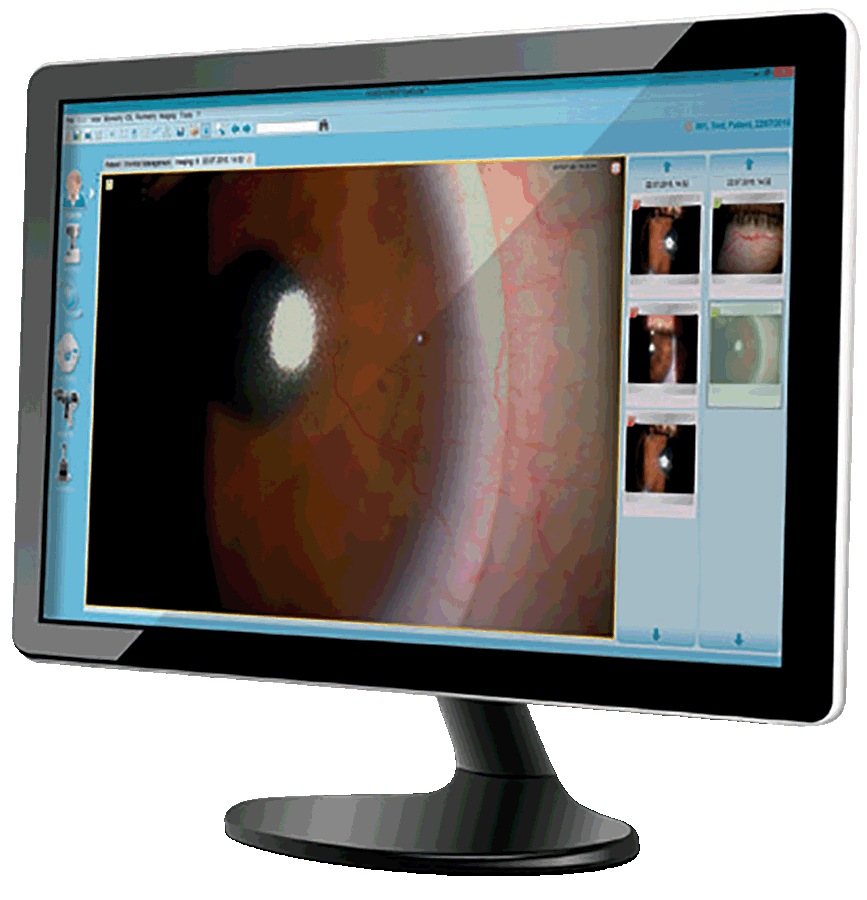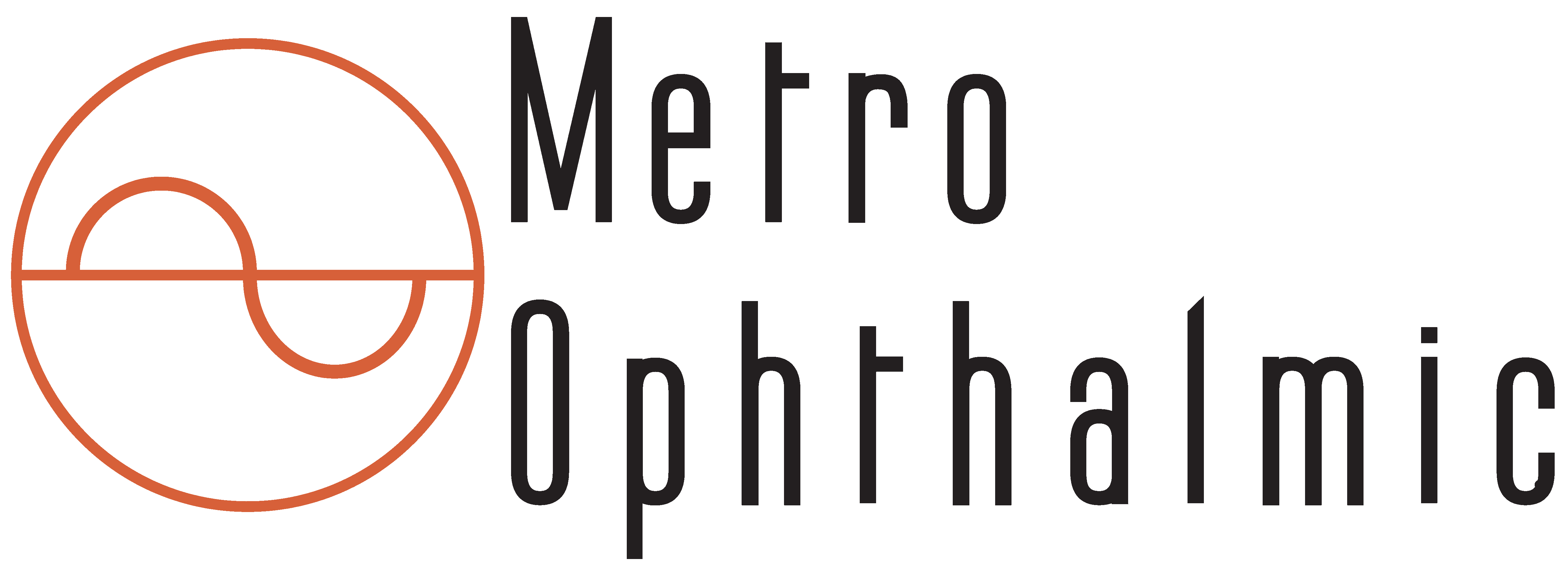
imaging module 900

Sophisticated microscopy and LED power for more detail
Thanks to its sophisticated design and excellent optics, the BQ has become the standard for any advanced slit lamp microscopy.


Optical excellence
The BQ 900 is equipped by default with a Galilean Microscope providing a magnification range from 6.3 × up to 40 × selectable in 5 fixed steps. The high light transmission and the optical excellence ensure a superb clinical view. The large diameter of the exit pupils allows fatigue-free examination even on long working days.

Optimum illumination
The new LED illumination systems on our slit lamps deliver our sharpest, brightest and most homogeneous slit ever. The light spectrum has been specially designed for Haag-Streit to meet the highest quality standards and to achieve results that are even superior to those delivered by tungsten light. This ensures optimal diagnostic details from the cornea to the retina.
A tilting frame allows good posterior segment observation, while the defocusing option enhances observation with in-direct illumination. All filter and slit controls are conveniently situated for ease of use and, as with the cross slide mech-anism, have a silky smooth, effortless movement. The slit mechanism is a masterpiece of engineering in itself, affording faultless precision in both shape and movement.

Perfect mechanics
Since its foundation more than 150 years ago, Haag-Streit has stood for high-precision mechanics. This experience, combined with outstanding Swiss engineering and the use of high grade materials, ensures perfect mechanics in all our slit lamps, which can last for decades.
Perfection in design, materials and construction allow all movements to be made smoothly and effortlessly without any wrist or finger strain – and to continue doing so for the very long lifetime of a Haag-Streit slit lamp.

Stereo Variator (Optional)
By reducing the angle of stereoscopic observation, the stereo variator facilitates the examination of the fundus, peripheral parts of the retina and the vitreous, even under unfavourable conditions such as high myopia and small pupils. The reduction of the angle enlarges the stereoscopic field of view, maintaining depth information in the stereoscopic observation.

Zoom objective (Optional)
With the zoom objective, the magnification can be continuously changed from 6 up to 40x. Reference points are set at magnifications 10x, 16x and 25x to allow easy orientation. The zoom objective offers excellent diagnostic capabilities – especially when used in conjunction with the video function. Any existing BQ 900 can be modified from a standard model to a BQ 900 – Zoom

Inclined eyepiece adaptor (Optional)
With the inclined eyepiece adaptor, the view into the microscope is inclined at 20 degrees to the horizon-tal. Consequently, the examiner is able to maintain his head in a fatigue-free position.

Contrast enhancing filter (Optional)
This yellow barrier filter provides additional contrast to fluorescein images. It can be mounted permanently on the slit lamp and easily inserted or re-moved as required.

Beam splitter (Optional)
The beam splitter diverts a portion of the light to secondary attachments such as the second observer tube, video or digital cameras. Beam splitters are available in different versions. The beam splitter for cameras diverts 70% of the light to the secondary attachment, the one for co-observation under equal conditions diverts only 50% of the light. Video or digital cameras can be connected to the beam splitter with a range of C-mount adaptors, which offer differ-ent focal lengths for variable sensor sizes.

Second observer tubes (Optional)
Haag-Streit’s second observer tubes are designed to permit professional colleagues, students or technicians to participate in the examination. There are two versions of second observer tubes available: a short version for co-observing in sitting position and a long version for co-observing in upright position.

